Tourniquet
₹90.00 Original price was: ₹90.00.₹75.00Current price is: ₹75.00.
A tourniquet is a medical device designed to apply pressure to a limb or extremity to restrict blood flow. It is commonly used in emergency situations to control severe bleeding from traumatic injuries, particularly when direct pressure and elevation are ineffective. Tourniquets can be made from various materials and are typically equipped with a tightening mechanism for effective compression. While they can be lifesaving, proper training in their use is essential to minimize the risk of complications, such as tissue damage or loss of limb function, when applied for an extended period.
A tourniquet is a medical device used to control bleeding by compressing blood vessels and restricting blood flow to a limb or extremity it is generally used in emergency situations and can be a critical tool for saving lives in traumatic injuries here are fifteen essential key points about tourniquets along with additional information on each aspect
1 Tourniquet Definition a tourniquet is a device applied circumferentially around an extremity to compress underlying blood vessels and stop or slow the bleeding it is often made of durable materials designed for quick and effective use in emergencies
2 Purpose the primary purpose of a tourniquet is to prevent excessive blood loss particularly in severe injuries where direct pressure is insufficient it can be pivotal in trauma scenarios including accidents gunshot wounds and severe lacerations
3 Types there are various types of tourniquets including commercial models designed specifically for medical use and improvised solutions such as belts ropes or strips of cloth these range in effectiveness and safety
4 Application time the application of a tourniquet should be a last resort and used when other methods to control bleeding such as direct pressure have failed its timely application is critical as prolonged use can lead to complications
5 Protocols there are established protocols for applying a tourniquet including positioning it above the injury site ensuring it is tight enough to stop the bleeding and securing it in place these protocols help maximize its effectiveness
6 Training awareness and proper training on how to use a tourniquet is vital for both medical professionals and laypeople during first aid training sessions individuals are often taught how to identify when a tourniquet is necessary and the correct methods for its application
7 Risks while tourniquets can be lifesaving they also carry risks including potential tissue damage nerve injury or loss of limb if left on for extended periods health professionals recommend monitoring and loosening them if bleeding is not severe
8 Medical Equipment tourniquets are a standard component of medical kits used by paramedics and military personnel they are also included in first aid kits for home and workplace use enhancing preparedness for emergencies
9 Legislation several regions have laws and regulations regarding the carrying and use of tourniquets in public spaces to promote safety and preparedness especially in high-risk environments such as schools and entertainment venues
10 Effectiveness when used correctly tourniquets are highly effective at controlling severe hemorrhage research indicates that proper use can dramatically increase survival rates in traumatic bleeding situations
11 Design advancements modern tourniquets have seen significant advancements in design and durability including features such as one-handed application mechanisms and materials that are resistant to moisture ensuring reliability in various conditions
12 Emergency Response training in many organizations first responders receive training in advanced bleeding control which covers the integration of tourniquets in comprehensive trauma care methodologies
13 Public Awareness initiatives aim to increase public awareness regarding bleed control techniques including the use of tourniquets campaigns focus on educating people about their importance especially in communities at risk of violence or accidents
14 Post-application care after applying a tourniquet individuals should seek immediate medical attention the tourniquet should remain in place until a healthcare provider can evaluate the need for further intervention or adjustment
15 Historical context the use of tourniquets has a long history dating back centuries while their design and application have evolved over time the essential principle of controlling bleeding remains the same advancements have made them safer and more effective
In conclusion tourniquets are critical life-saving devices that can dramatically reduce the risks associated with severe bleeding their effective use requires knowledge training and adherence to guidelines emphasizing the importance of education in emergency preparedness
Related products
-
Wrist & Thumb Support
Wrist Thumb Brace (Neoprene)
Rated 0 out of 5₹500.00Original price was: ₹500.00.₹440.00Current price is: ₹440.00. Add to cart Buy Now -
Wrist & Thumb Support
Spoon Splint
Rated 0 out of 5₹200.00Original price was: ₹200.00.₹165.00Current price is: ₹165.00. Add to cart Buy Now -
Wrist & Thumb Support
Wrist Brace
Rated 0 out of 5₹300.00Original price was: ₹300.00.₹215.00Current price is: ₹215.00. Add to cart Buy Now -
Elbow Support
Tourniquet
Rated 0 out of 5₹90.00Original price was: ₹90.00.₹75.00Current price is: ₹75.00. Add to cart Buy Now
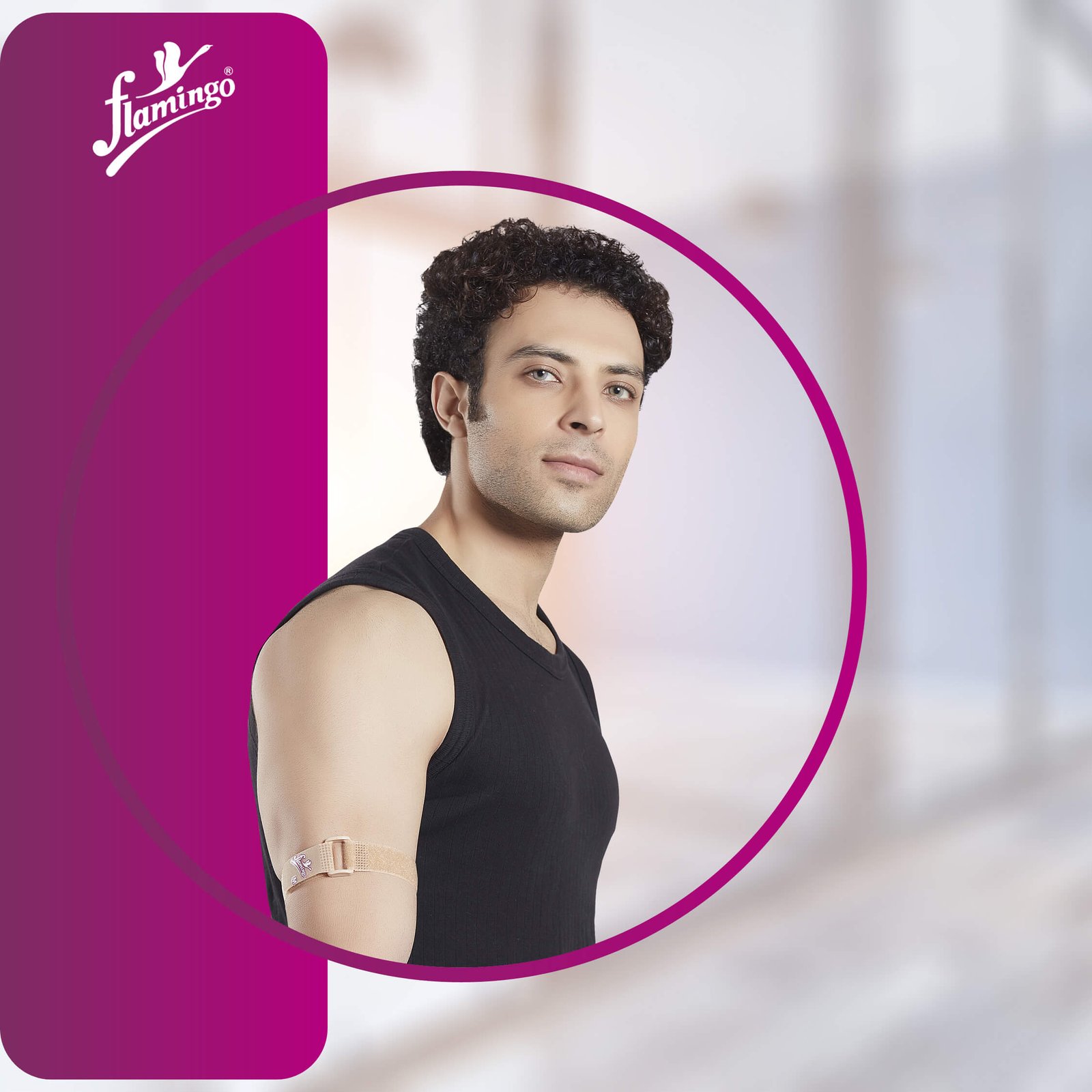
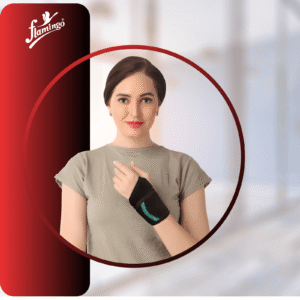
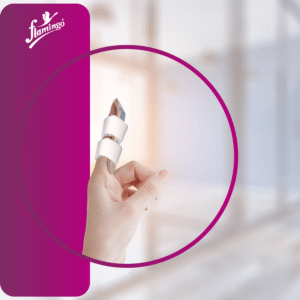
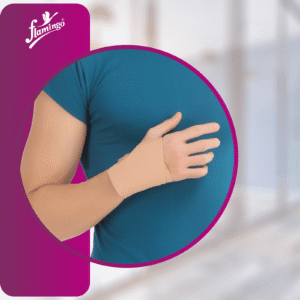
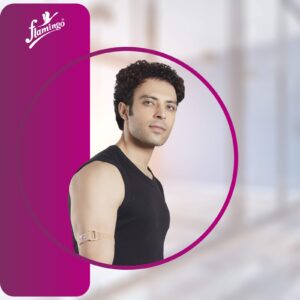

Reviews
There are no reviews yet.